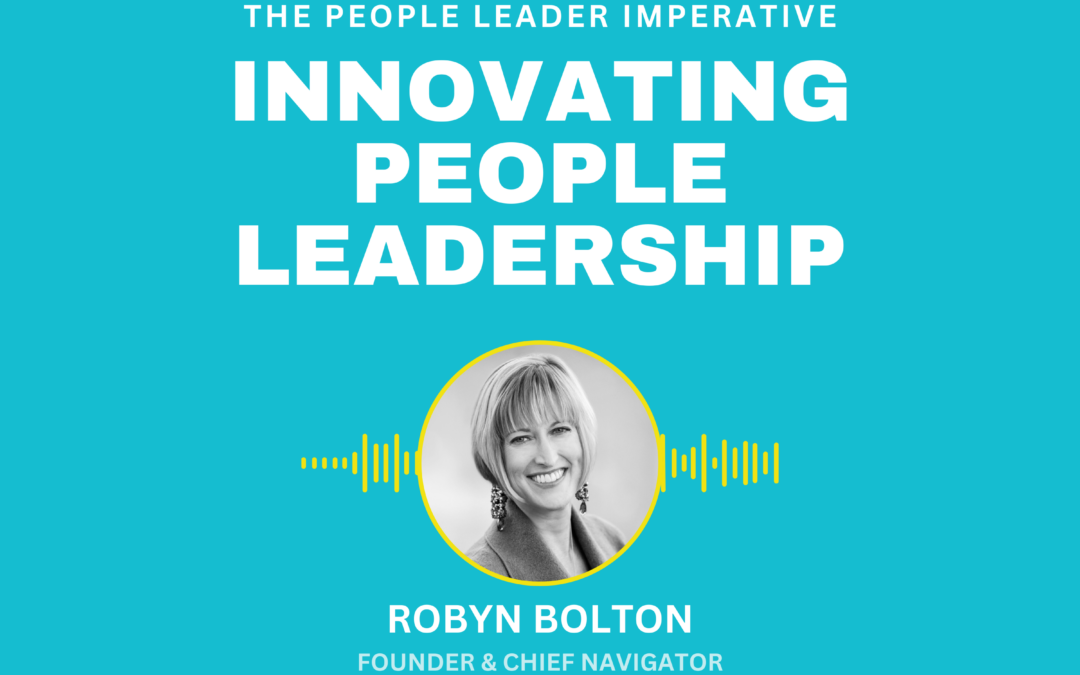
Want to Sound Smart? Stop Saying ‘Innovation.’
“You sound stupid when you use the word ‘_____________’ because you’re trying to sound smart.”
Mark Cuban
What goes in the blank?
For Mark Cuban, it’s “cohort” because “there’s no reason to ever use the word ‘cohort’ when you could use the word ‘group.’ A cohort is a group of people. Say ‘group.’ Always use the simpler word.”
For one of my former bosses, it was “breakthrough.” He would throw you out of the room if you used that word. Not physically throw you out, but he was a big guy and could if you didn’t exit on your own.
For me, it’s “disrupt” (and all its forms) because applies (as originally intended by Clayton Christensen) in only about 0.1% of the instances in which it’s used.
There are other candidates.
Lots of other candidates.
In fact, I would go so far as to propose the biggest buzzword of them all: INNOVATION.
“Innovation” does not make you sound smart.
Here is a very short list of the most commonly heard statements about innovation.
- Innovation is a priority.
- Innovation is key to our growth.
- We need to be more innovative.
- We want to build/are committed to building a culture of innovation
- Let’s innovate!
What do these statements even mean?
- It’s great that innovation is a priority and key to our growth. Hasn’t that always been the case? What is changing? How is that translating into action? What do you expect from me?
- Agree we should be more innovative. How? What does “more innovative” look like?
- Definitely want to be part of a culture of innovation. What does that mean? How is that different than our current culture? What changes? How do we make sure the changes stick?
- Sigh. Eye roll.
Saying what you mean makes you sound smart.
Always use the simpler word, and, in the case of innovation, there is always a simpler word or phrase. Consider:
- Grow revenue from our existing businesses
- Create new revenue streams
- Grow profit in our existing businesses
- Grow profit by launching new high-profit businesses
- Stay ahead of the competition
- Create a new category
- Launch a new product
- Better serve our current customers
- Serve new customers
- Update/extend our current products
- Increase the effectiveness of our marketing spend
- Revise our business model to reflect changing consumer and customer expectations
- Launch a low-cost and good-enough offering that appeals to non-consumers
You sound smart when you use the word(s) that most clearly, concisely, and unambiguously communicate your idea or intention. “Innovation” does not do that.
Saying “innovation” AND what you mean makes you sound wicked smaht
“Innovation” on its own is lazy. Simpler words and phrases aren’t nearly as sexy (I can’t imagine Fast Company coming out with “The World’s Best Companies at Creating New Revenue Streams” list).
But when you put them together – smart and sexy:
- Innovation is a priority. As a result, we are committing a minimum of $50M a year for the next five years to…
- Innovation is key to growth. As a result, we are doubling our investment in…
- We need to be more innovative. To achieve this, we are changing how we measure and incentivize executive performance to encourage long-term investments.
- We want to build a culture of innovation. As a first step in this process, we are making Kickbox available to any interested employee.
Let’s Innovate(Nope, don’t say this. It’s too cheesy)
Say what you mean.
If you don’t, people will think you don’t mean what you say.
What other words would you add to this rant?



